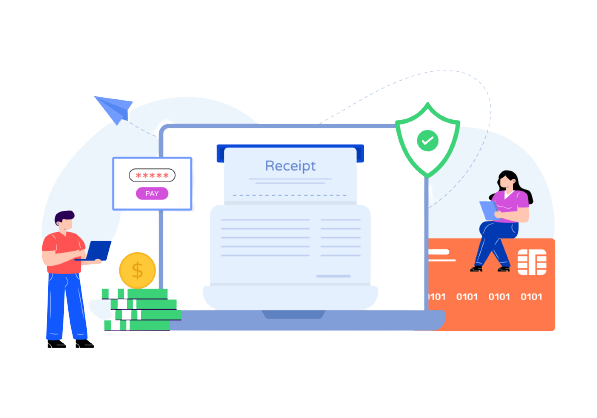
Recurring Billing Software is a powerful tool designed to streamline and automate the management of subscription-based businesses. It allows companies to efficiently handle recurring payments, subscription renewals, and billing cycles for their customers. With this specialized CRM software, businesses can set up and customize subscription plans, track customer payment history, and manage billing details seamlessly. Whether you run a subscription-based service, SaaS company, or membership-based business, Recurring Billing CRM Software is a must-have solution to simplify billing processes and enhance customer satisfaction.
Subscription businesses are becoming increasingly popular. In fact, a recent study found that the global subscription market is expected to reach $2 trillion by 2025. This growth is being driven by the convenience and flexibility of subscription-based services. In today’s subscription-driven economy, businesses are increasingly turning to subscription models to offer their products and services.
However, managing subscriptions and billing cycles can be complex and time-consuming without the right tools in place. There are several factors to consider, such as billing, payments, customer support, and compliance. This is where subscription billing management software comes into play.
Beyond their operational efficiencies, these software solutions offer significant financial benefits that can have a transformative impact on businesses.
In this blog, we will delve into the financial advantages of subscription management and recurring billing software, exploring how they optimize revenue streams, reduce costs, improve cash flow, and enhance financial decision-making.
1. Optimizing Revenue Streams:Recurring Billing Software

One of the primary financial benefits of subscription management and recurring billing software is their ability to optimize revenue streams. Traditional billing processes often involve manual calculations and invoice generation, leaving room for errors and delays. With automated subscription management software, businesses can ensure accurate and timely billing for their customers. The software tracks subscription renewals, manages prorated charges, and sends out invoices automatically, minimizing revenue leakage and ensuring a consistent cash flow.
Moreover, recurring billing software empowers businesses to implement dynamic pricing strategies. It allows for flexible billing models, such as discounts, and promotional offers, tailored to meet the unique needs of different customer segments. By leveraging these strategies, businesses can maximize customer acquisition, retention, and ultimately revenue generation.
2. Recurring Billing Software: Reducing Costs and Enhancing Efficiency
Subscription management and recurring billing software offer significant cost-saving opportunities by streamlining operations and reducing manual labor. By automating billing processes, businesses can eliminate the need for extensive manual data entry, invoice generation, and payment reconciliation. This not only reduces the potential for errors but also frees up valuable time for finance and administrative teams to focus on more strategic tasks.
Furthermore, subscription management software simplifies customer management, allowing businesses to track and monitor customer subscriptions, cancellations, and upgrades efficiently. By gaining better visibility into customer behavior and preferences, businesses can optimize their product offerings and tailor marketing campaigns, leading to higher customer satisfaction and retention rates.
In addition to reducing costs, recurring billing software enhances operational efficiency by providing real-time analytics and reporting capabilities. Businesses can access key financial metrics, empowering them to make data-driven decisions. With comprehensive insights into revenue trends and customer behavior, businesses can identify growth opportunities, identify underperforming segments, and proactively address any potential issues.
3. Improving Cash Flow and Forecasting

Effective cash flow management is essential for any business, and subscription management and recurring billing software play a crucial role in achieving this. By automating subscription renewals and invoice generation, businesses can ensure a steady and predictable cash flow. This predictability enables accurate revenue forecasting and better financial planning.
Furthermore, recurring billing software offers advanced features such as automated dunning processes. This helps businesses address payment failures promptly, minimizing revenue loss and improving cash flow. The software can automatically send payment reminders, retry failed transactions, and even initiate customer communication for resolving payment issues.
Besides, subscription management software provides businesses with the ability to analyze customer subscription patterns and trends. By understanding subscription cycles, renewal rates, and customer behavior, businesses can project future revenue streams, identify potential growth opportunities, and make informed investment decisions.
In The Nutshell!
Subscription management software with recurring features brings numerous financial benefits to businesses operating in the subscription economy. By taking benefit of the power of automation, businesses can streamline their operations, improve efficiency, and gain valuable insights into their financial performance. As the subscription economy continues to grow, integrating subscription management and recurring billing software becomes increasingly vital for businesses aiming to unlock their full financial potential.